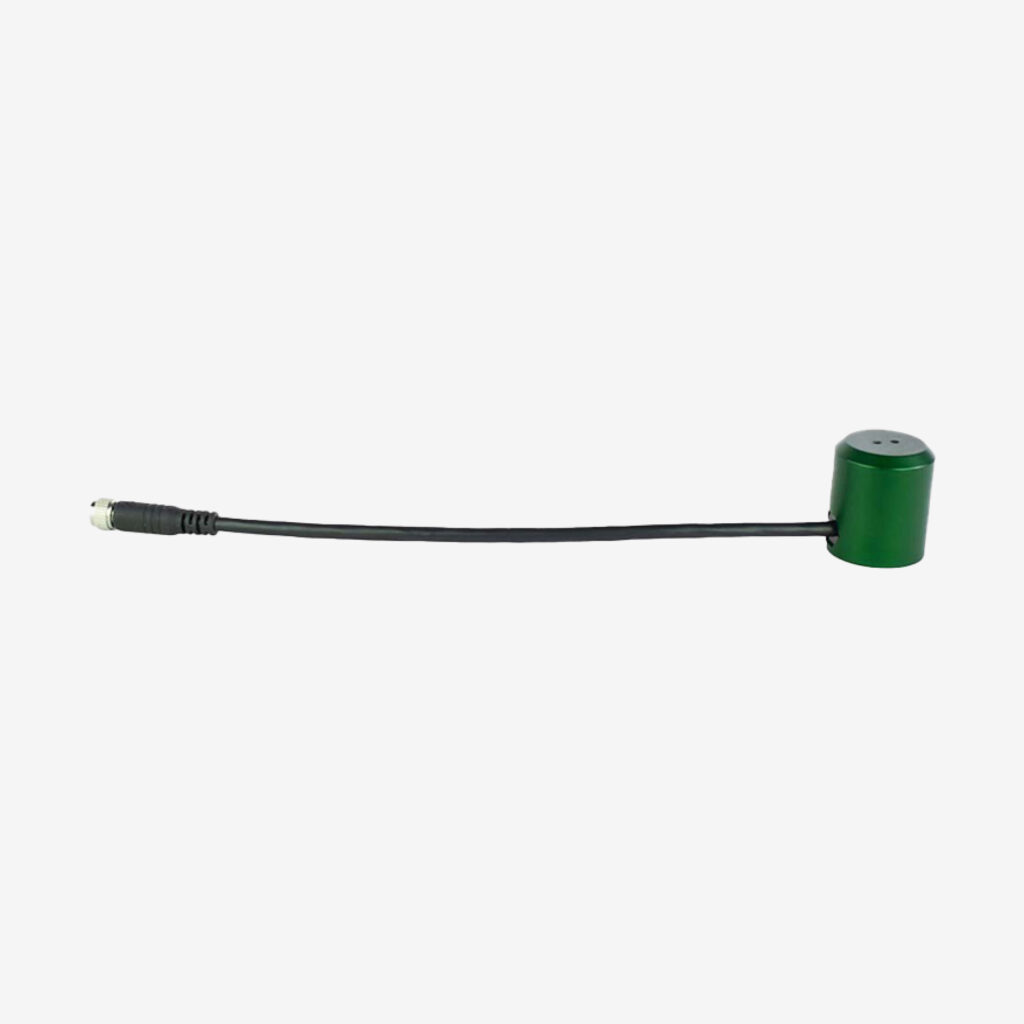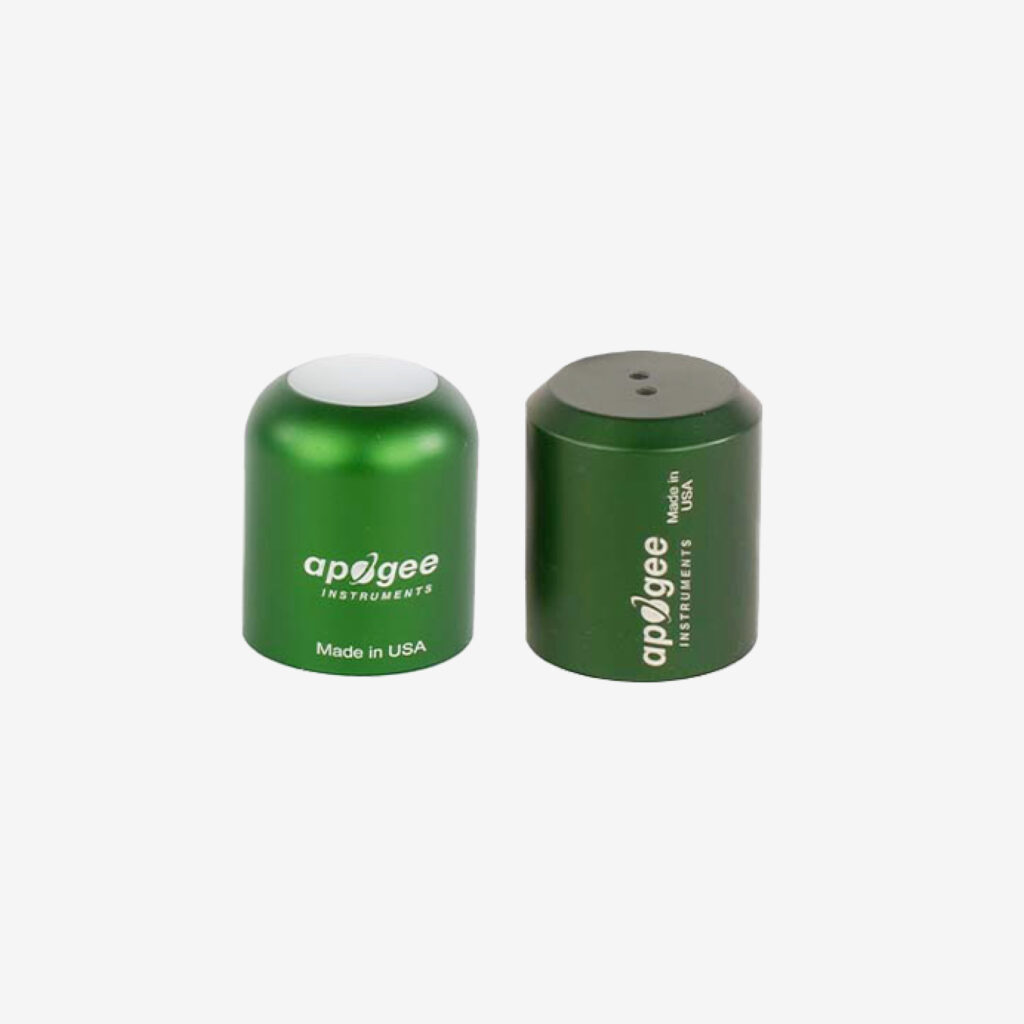NDVI Sensor
NDVI Sensor


Apogee NDVI sensors combine an ultra-rugged form with sophisticated cloud data delivery for an unbeatable price-to-performance ratio.
- Continuously monitor NDVI remotely
- Built for long-term exposure to the elements
- Easy to use and low cost
Continuously monitor NDVI
At METER, we think you should spend less time on complexity and more time doing what matters. Apogee NDVI sensors are easy-to-use. And the best part? They’re pre-configured for use with the ZENTRA system, so you’re instantly up and running.
Low cost—low maintenance
By focusing on just two relevant bands, it’s possible to make an accurate multiband radiometer for a fraction of what a full-spectrum spectroradiometer costs. Apogee NDVI sensors are multiband radiometers that combine an ultra-rugged form with sophisticated cloud data delivery for an unbeatable price-to-performance ratio. They’re inexpensive enough to deploy multiple sensors simultaneously, so you can maximize spatial coverage and explore spatial and temporal variability in canopy structure and function.
Deploy for months or even years
Most spectrometers are delicate and expensive, making long-term field deployment risky. Apogee NDVI sensors are built for long-term exposure to the elements. Encased in a durable housing with an epoxy fill, they are watertight, weatherproof, and have fully sealed optics. Mount them on a fence post, tripod, or a meteorological tower. They’re rugged enough to leave in the field for an entire growing season or longer.
Field ready and radiometrically calibrated
Each sensor is radiometrically calibrated to a NIST-traceable standard. Readings are output in units of radiant flux density. Calibration information is stored on board the sensor, so you never have to worry about keeping track of calibration coefficients.
Collect data and monitor remotely
To simplify your workflow, Apogee NDVI sensors are plug-and-play with ZL6 data loggers, which means automatic sensor recognition and zero programming. ZENTRA Cloud lets you monitor remote sites in near-real time from any internet-connected device. Observe field conditions, check and configure sensor and system function, or download data from the comfort of your home or office.
Work less. Measure more.
Apogee NDVI sensors are part of a complete system of affordable, easy-to-use sensors, loggers, and software that require little maintenance and put near-real-time data at your fingertips, so you can publish more and work less.
Measurement Specifications
Calibration factor (reciprocal of sensitivity)
Custom for each sensor and stored in firmware
Calibration uncertainty
± 5 %
Wavelength ranges
Red detector = 650 nm ± 5 nm with 65 nm FWHM
NIR detector = 810 nm ± 5 nm with 65 nm FWHM
Measurement range
2x full sunlight
Measurement repeatability
Less than 1 %
Long-term drift
Less than 2 % per year
Response time
Less than 0.6 s
Field of view
180°
Directional (cosine) response
± 2 % at 45°; ± 5 % at 75° zenith angle
Temperature response
Less than 0.1 % per °C
Physical Specifications
Housing
Anodized aluminum body with acrylic window
IP rating
IP68
Operating environment
–40 to 70 °C
0 to 100 % relative humidity
Dimensions
30.5 mm diameter, 34.5 mm height
Mass (with 5 m of cable)
140 g
Cable
5 m of shielded, twisted-pair wire with TPR jacket and stainless steel connector
Communication Specifications
Data logger compatibility (not exclusive)
METER EM60 series, ZL6 series, ZSC, ProCheck, Campbell Scientific
Electrical and Timing Specifications
Power supply
5.5 to 24 V DC
Output range
SDI-12
Other
Warranty
4 years against defects in materials and workmanship
Compliance
